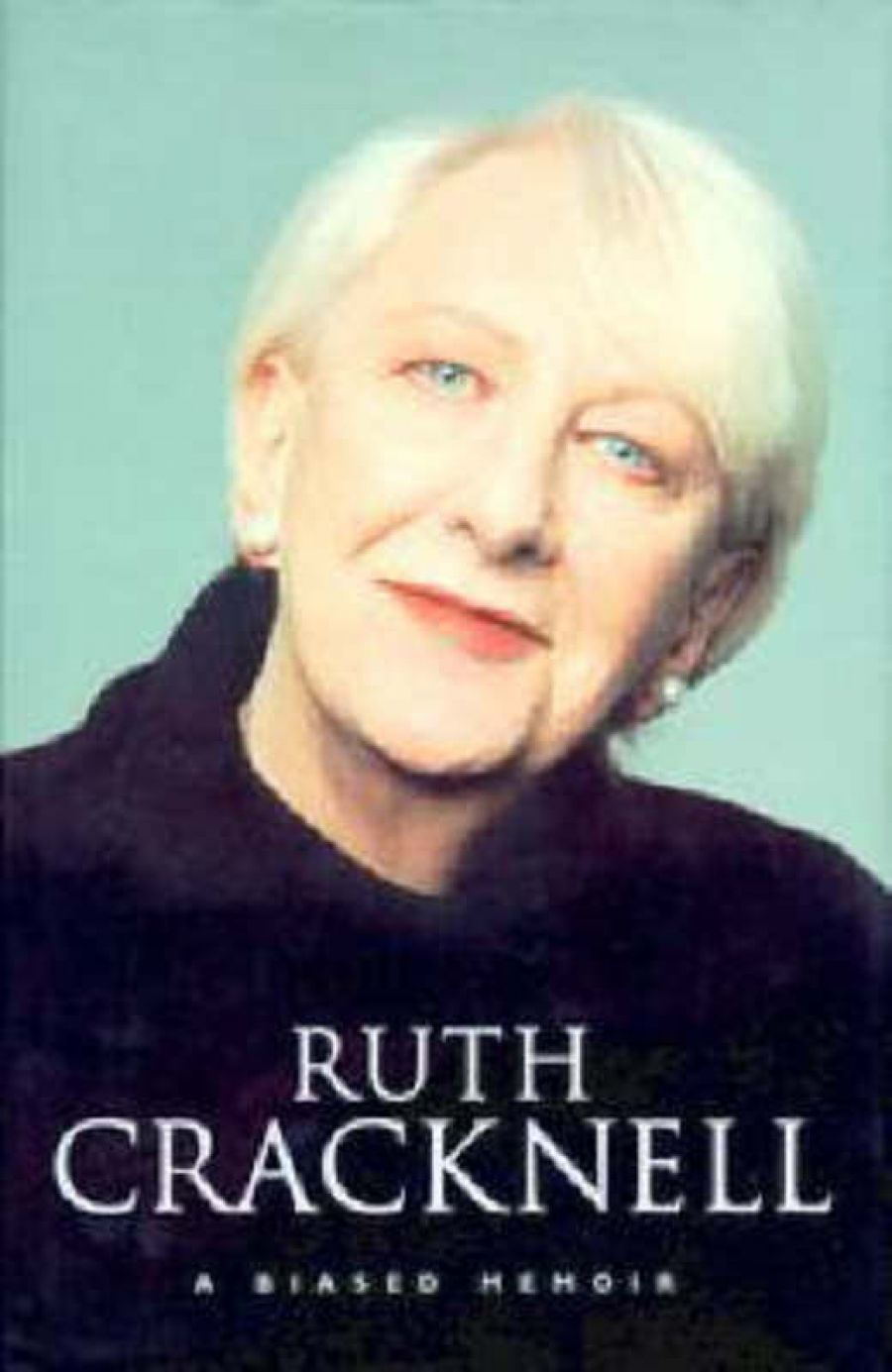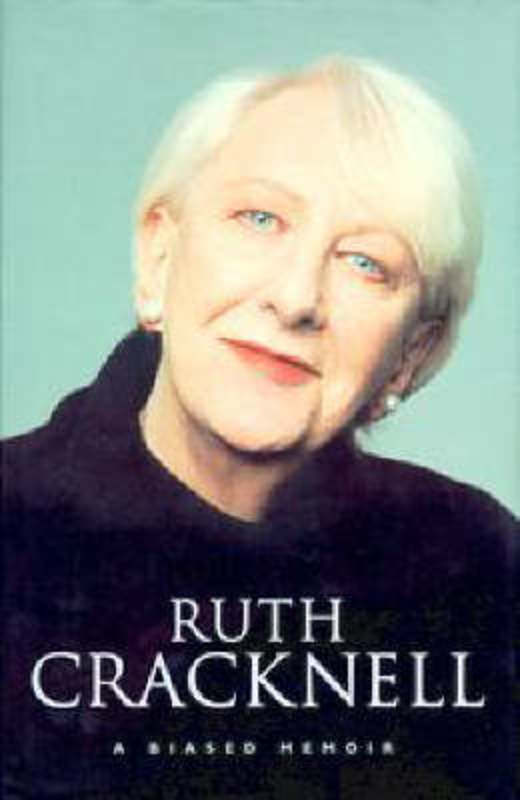
- Free Article: No
- Contents Category: Memoir
- Custom Article Title: 'Bugger The Scenery. Where's the butter?'
- Review Article: Yes
- Article Title: 'Bugger The Scenery. Where's the butter?'
- Online Only: No
- Custom Highlight Text:
David Marr, in his biography of Patrick White, makes the statement that White saw suffering as a force of history shaping human life and events. The worst suffering of all being loneliness and the need to be rescued from it. White is quoted as saying; ‘I have always found in my own case that something positive, either creative or moral, has come out of anything I have experienced in the way of affliction.’ Marr explains that White admired, in others, signs of his own ambivalence: ‘men of unexpected gentleness and women with masculine strength’. A realisation, an explanation, sensed in childhood and expressed when he was an old man. Perhaps the inheritance for many sensitive and perceptive children.
- Book 1 Title: A Biased Memoir
- Book 1 Biblio: Viking
- Book 1 Cover Small (400 x 600):

- Book 1 Cover (800 x 1200):

A book of this sort is often read with a shameless curiosity and often too quickly. A relaxed reading will show that a wise and honest person is unfolding her experience with poise and balance embellished with a quiet humour. Ruth Cracknell’s prose has a pleasing energy and rhythm. The material is presented in such a way that often, when a childhood event is being related, the author takes a leap ahead enabling the reader to be linked immediately to some future discovery or an event, perhaps a scene in the middle of a play, a conversation during a party or a remark being made to someone in confidence, but overheard ... or it could be a written sentence, a delicious comment: ‘any actor who worked with Wolfitt always spent his whole life being a pillar’, ... particularly pleasant for Ruth to find as it explained to her ‘rather inexperienced eyes’ an uneasiness she had felt but not understood, and in no way was able to put into words.
A lyrical description of the twelve-year-old Ruth enjoying her riding: ‘I had nourished a quiet passion for horses ‘, the silent blue sky and the warm sunshine, ends with one of the stylish leaps - ‘a dozen years later’ she writes, she was presenting a strange mark on her face to a skin specialist and was never again allowed to expose her skin to the sun.
Images follow images, the long verandahs and the long summers of childhood; toys necessary for survival are remembered, the fate of a small rubber ball, Smith’s Crisps, and a two-year-old girl singing for a small boy on his birthday. Applause and a tiny spotlight on a pale blue voile dress; perhaps the greatest leap is from this tiny spotlight to the two last pages in the book when the author asks herself a number of vital questions.
Ruth Cracknell lived in Maitland as a small child. Later the family moved to Sydney where she was educated at North Sydney Girls’ High School. Her professional training in radio drama began when she was twenty. Later she travelled to England where, among other things, she worked with the BBC. She, later, returned to Sydney. She is well known for her perceptive interpretation of classical and contemporary drama. Her sense of humour is both wicked and charming as in the famous Mother and Son episodes on television.
Ruth is a Member of the Order of Australia. She has been awarded honorary doctorates from the University of Sydney and from the Queensland University of Technology. Her acting life embraces Australian Theatre History since World War Two. The book is a record of family life and the development of an exceptional person set on the backdrop, the passing show of world wide issues and changes.
The environment, blessed with several aunts and a mother whose dry wit was, in fact, a discipline in the best sense, broadened for Ruth in December 1952 when she left, with four other young women, by ship for London; ‘Five maidens innocent, unsophisticated, armed with letters of introduction and expected to communicate with the parental home every inch of the way.’ London, for Ruth, was a ‘monopoly board come to life’.
In travelling she discovered the ways in which to study the class system at work, but it was she says, ‘the more gentle end of the spectrum’.
Before this there had been the war, the declaration of war and an identification with Britain and rationing; ‘Bugger the Scenery ... Where’s the Butter?’, showing the Australian ability to keep things in proportion.
The young Ruth’s observations are those of an unspoilt person who was being brought up to see the need for work and for learning. She understood quite soon that taking the opportunity, when it is there, is essential for the development of the ‘gift’ in whatever form it comes. And a person should never be ashamed or shy about making the most of a gift. Ruth Cracknell has been all her life, dedicated to her gift. It is clear that she has never permitted this gift to cause her to harbour pretentious or selfish behaviour. She is wise and compassionate. She pays homage in her autobiography to those from whom she came and to those to whom she belongs and to those with whom she works. In her writing she demonstrates repeatedly that, like Patrick White in his own work and his thoughtful realisation, it is possible to convert childhood and early adult experience, the happy, the sad, the mad and the awkward into the consolation of greater understanding. Emerging, as well in her writing, is the recognition that, side by side, with the ridiculous and the funny there is the possibility of a deeply felt sadness.
This book gives the reader a greater understanding of the complexities and the strengths which enable Ruth Cracknell to be an Australian, as she says herself, who can never be ‘pigeon-holed’ by anyone. She is the kind of person who can be a famous actor one minute and a most loving and proud wife and mother and grandmother the next ...


Comments powered by CComment